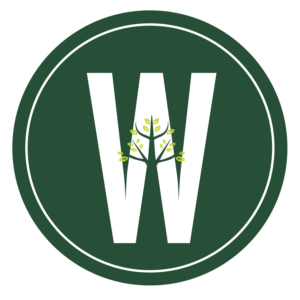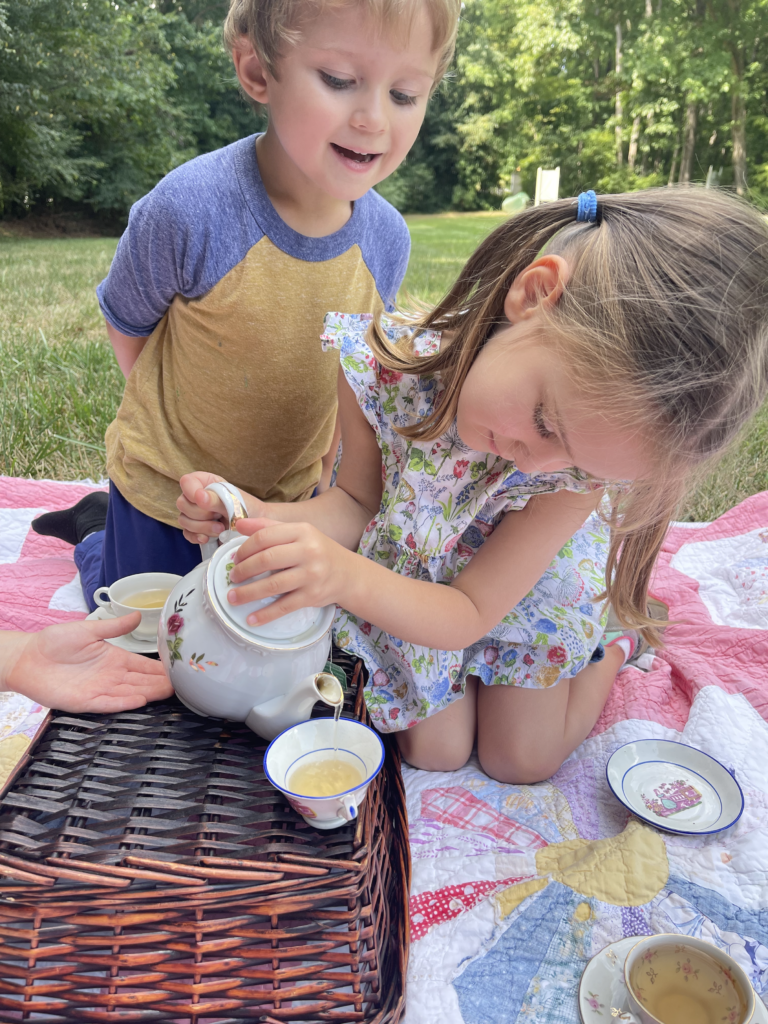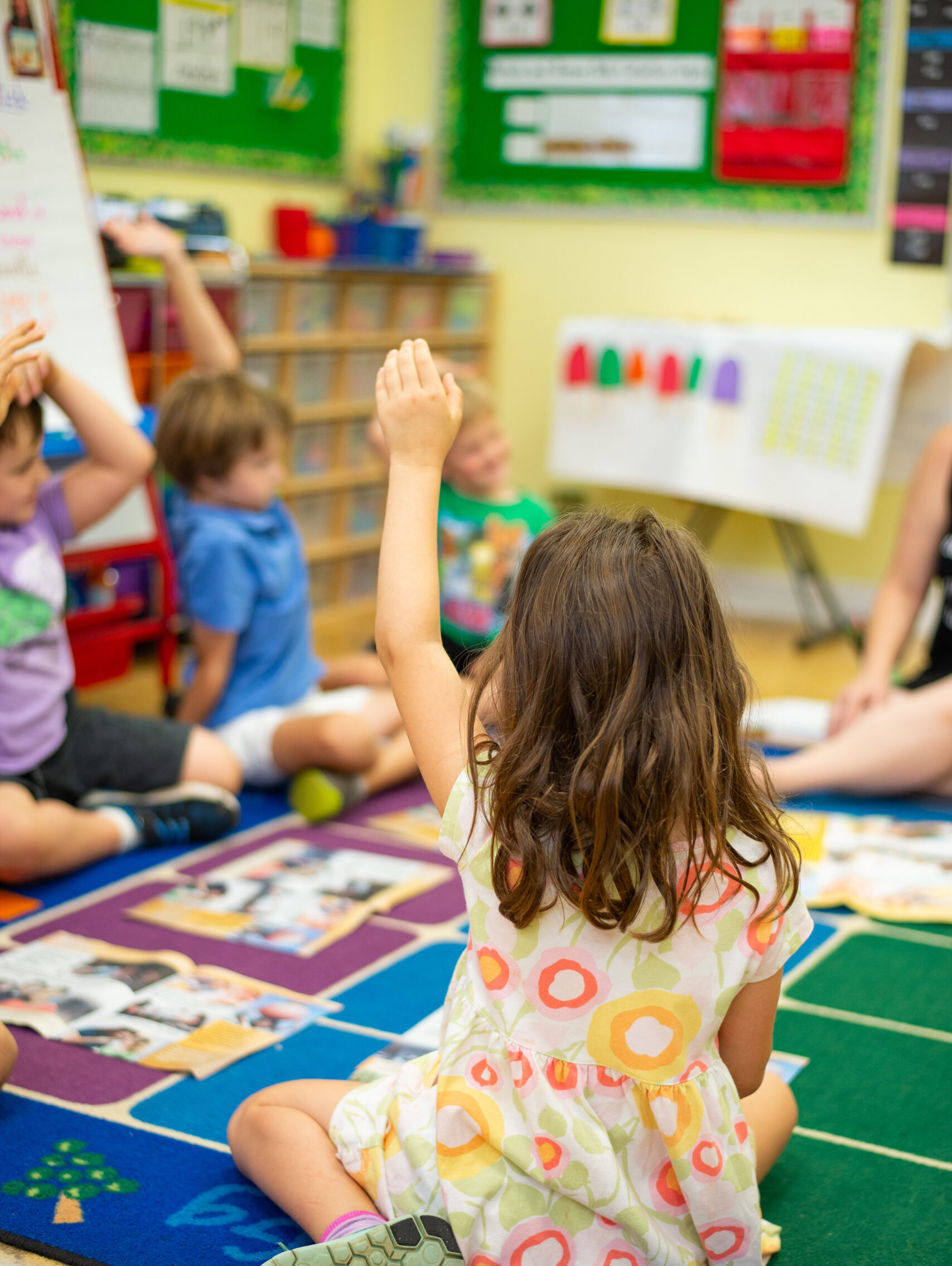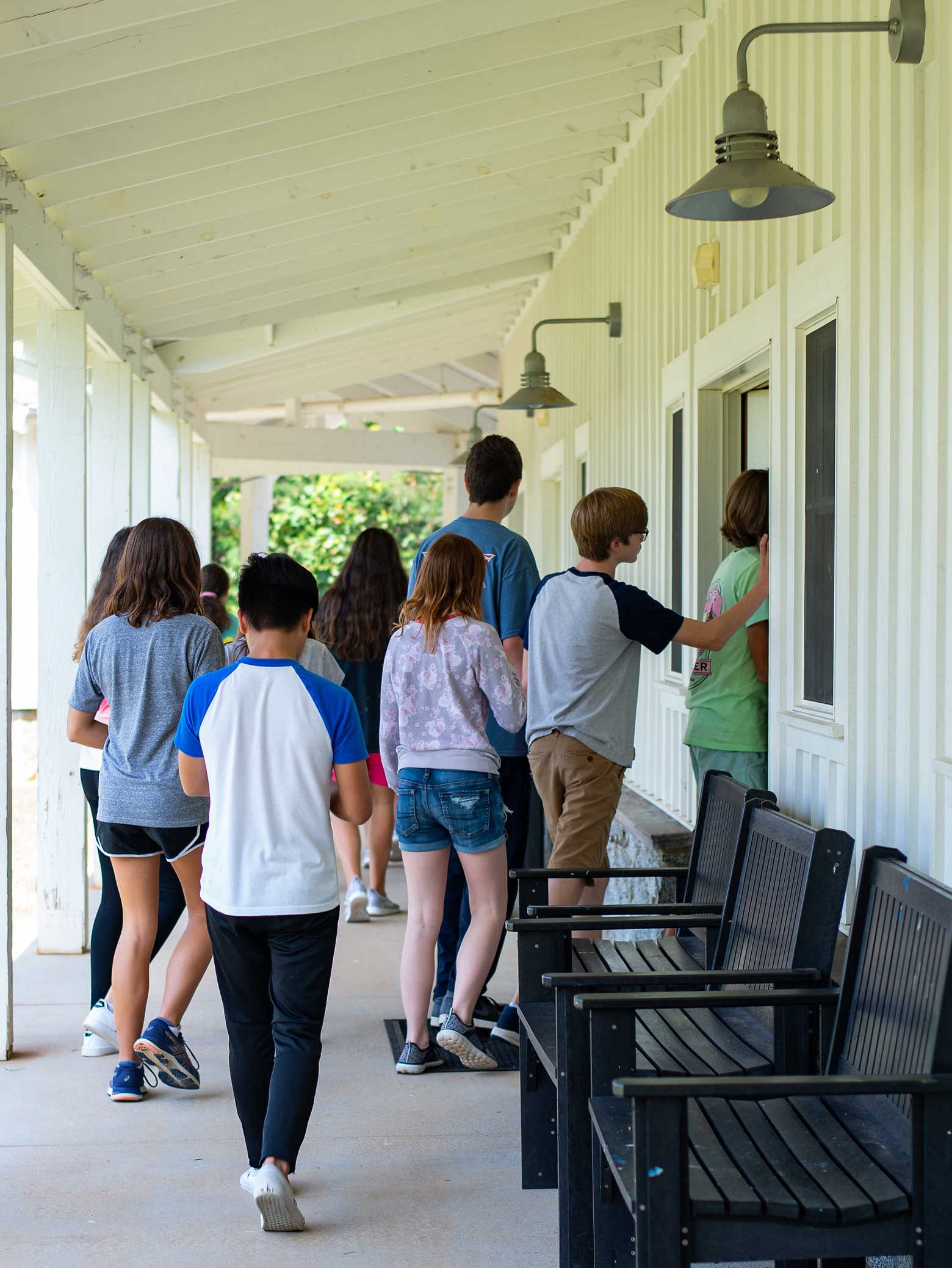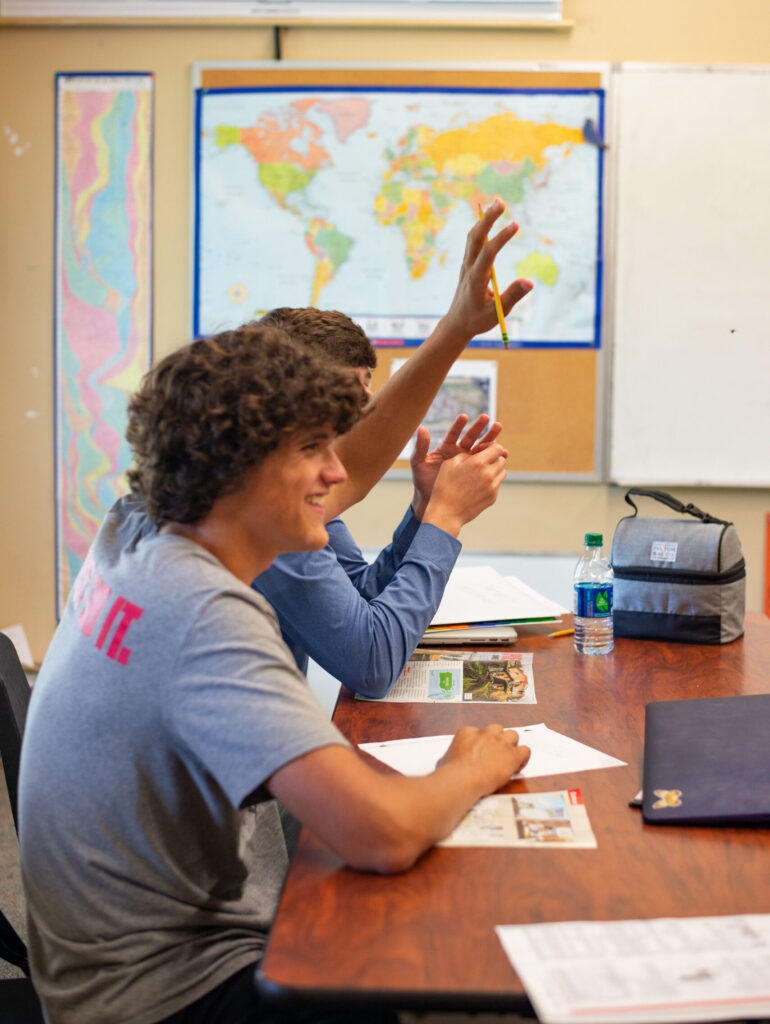THE WOODLAWN EXPERIENCE
Are you new to Woodlawn School?
Get an inside look at the Woodlawn Way and our Project Based Learning approach.
THE WOODLAWN WAY
WHY WOODLAWN
Here at Woodlawn, we provide our students with a creative, dynamic, and joyful approach to teaching and learning. Every student is known and valued, and every voice is heard, providing a place where teachers and parents are partners.
EARLY CHILDHOOD
Nurturing and valuing a child’s wonder, spirit, and curiosity from the classroom, to the garden, and the playground with a responsive classroom approach, teaching emotional intelligence, grounded in intentionality, and nature play.
LOWER SCHOOL
Building the foundation for lifelong learners through project based learning in an integrated curriculum including arts, life skills, service learning, sustainability, outdoor learning, and distinctive elements beyond the classroom.
MIDDLE SCHOOL
Learning to think, understand, and apply knowledge through intellectual and practical problem solving, developing good organization, study skills, encouraging personal responsibility, and mature social behavior.
UPPER SCHOOL
Preparing for success in college and beyond with a rigorous honors academic program which develops thoughtful and engaged citizens, creative and critical problem-solvers, and skilled communicators and collaborators.
OUR MISSION
purpose driven learners
LEADING THE FUTURE
WOODLAWN ALUMNI
Our alumni are leading the future with careers in medicine, journalism, SAAS, entrepreneurship, design, and software engineering just to name a few. The possibilities are limitless with project based learning as a foundation.


WOODLAWN STUDENTS
ACADEMIC EXCELLENCE
We celebrate our students’ pursuit of extraordinary educational experiences.


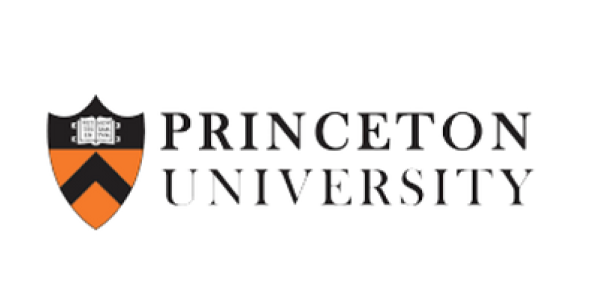









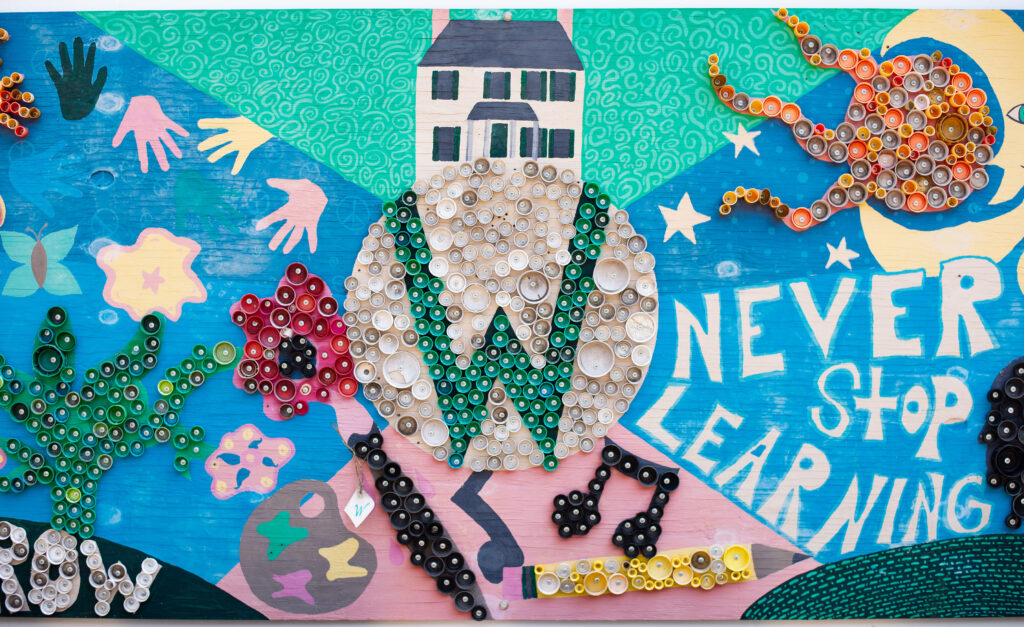
LIFE SKILLS + SERVICE LEARNING
BEYOND THE CLASSROOM
Social Consciousness and Responsibility
Understanding how to best tackle life skills can be tricky as a student navigates through these formative years. The life skills program is woven into the daily curriculum through social studies and language arts. Through literature, role play, and discussion, students learn tools to help them make smart decisions and adapt to change.
JOIN US
A THRIVING COMMUNITY
Woodlawn School is a community where you will find safety and trust. Our campus environment is inclusive, where all are welcome, diversity is embraced, and students are inspired to reach their full potential both in the classroom and beyond.
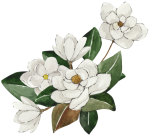
SUPPORTING WOODLAWN
THE GIFT OF GIVING
Financial contributions from our community provide opportunities for our students and faculty
to thrive in a dynamic teaching and learning environment.
